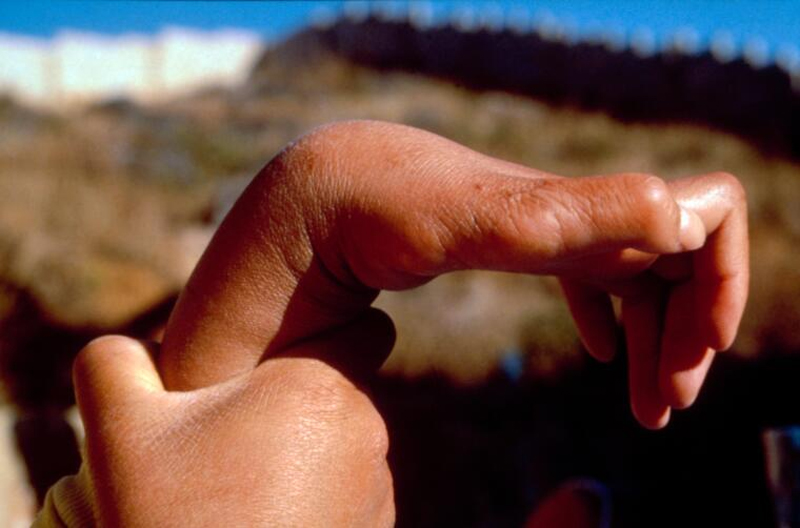Category: W
-
Wired jaws
An immobilization technique to hold broken jaw bones in place and allow them to heal in the proper position. A fractured jaw is wired because its structure prevents it from being held in place with a plaster cast. Jaw fractures generally require 4 to 6 weeks, or longer, to heal. During the healing period, the…
-
Wilson disease
An inherited disease in which copper accumulates in several organs of the body, particularly the brain, eyes, kidney, and liver. Most people are able to excrete excess copper, which is present in most foods. People with Wilson disease cannot excrete copper, and copper begins to accumulate immediately after birth, producing symptoms that usually show up…
-
Wheelchair
A chair mounted on large wheels and used by disabled or injured persons and either self-powered, pushed by others, or battery operated. Wheelchairs are available for people with quadriplegia, paraplegia, and amputated limbs. There are specialized wheelchairs for playing sports. A type of mobility device for personal transport. Traditional wheelchairs have a seating area positioned…
-
Well disease
An infection or parasitic disease produced by the bacteria Leptospira. Weil disease is a severe form of Leptospirosis that is characterized by severe dysfunction of the liver and kidneys. The infection causes excessive bleeding within the body and is potentially fatal. It is contracted by ingesting or swimming in water contaminated with the infected urine…
-
Waldenstrom macroglobulinemia
An uncommon cancer affecting bone marrow cells in which abnormal cells that resemble both lymphocytes (white blood cells) and plasma cells produce an abnormal protein, an immunoglobulin known as IgM. The protein causes weakness, fatigue, drowsiness, pale skin, a tendency to bleed easily, fever, weight loss, dizziness, headaches, and enlarged lymph nodes. People with a…
-

Wristdrop
A type of paralysis characterized by an inability to extend or lift the wrist resulting from damage to the radial nerve (the nerve that supplies the arm, forearm, and hand). Paralysis of the muscles that raise the wrist, which is caused by damage to the *radial nerve. This may result from compression of the nerve…
-
Whipworm infestation
Infestation with the roundworm Trichuris trichiura, called the human whipworm; also called trichuriasis. In the United States, whipworm infestations occur in some southern states. The eggs of the roundworms are found in the soil and are transmitted to humans when food or a person’s hands come in contact with contaminated soil and the worms are…
-
Whipple operation
A surgical procedure to remove cancer in the head of the pancreas. The procedure removes the head of the pancreas, a portion of the bile duct, the gallbladder, and the duodenum (the first section of the small intestine). A tumor that develops in the head of the pancreas often causes jaundice because it blocks the…
-
West nile virus
A virus transmitted by mosquitoes that can cause severe cases of encephalitis. The majority of infections (8o percent) do not cause symptoms but, among people who are sick enough to require hospitalization, the death rate is higher than lo percent. Mild infections cause fever, fatigue, enlarged lymph nodes, eye pain, stomach pain, muscle ache, and…
-
Weight training
The use of free weights or weight machines to increase muscle strength. Weight training also increases bone strength and may help prevent bone loss associated with aging. To build strength in the muscles, the weights must challenge the muscles. The ideal weight is one that painlessly exhausts the muscles after 12 to 20 repetitions of…